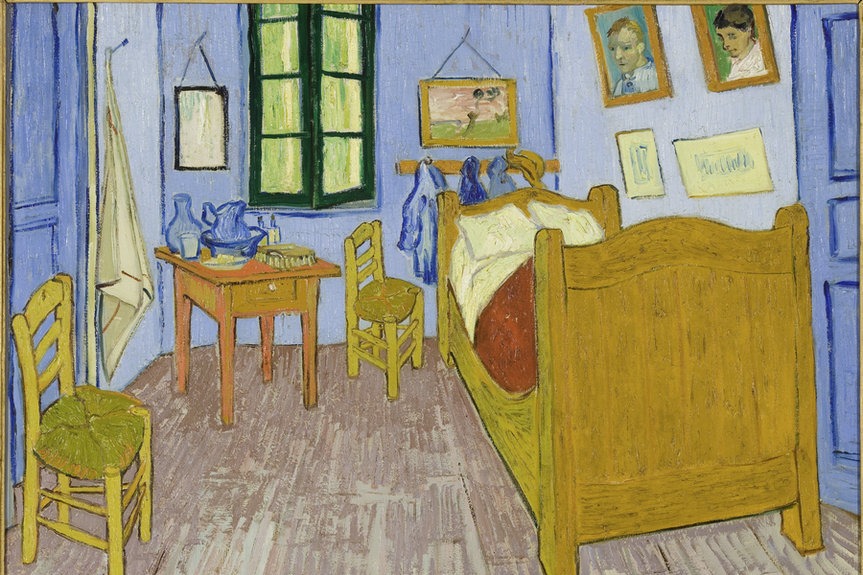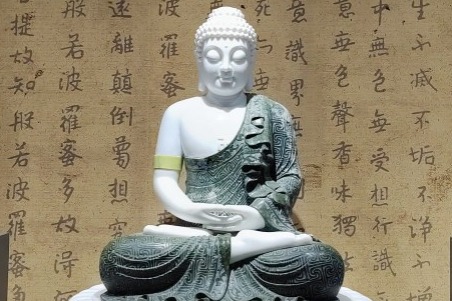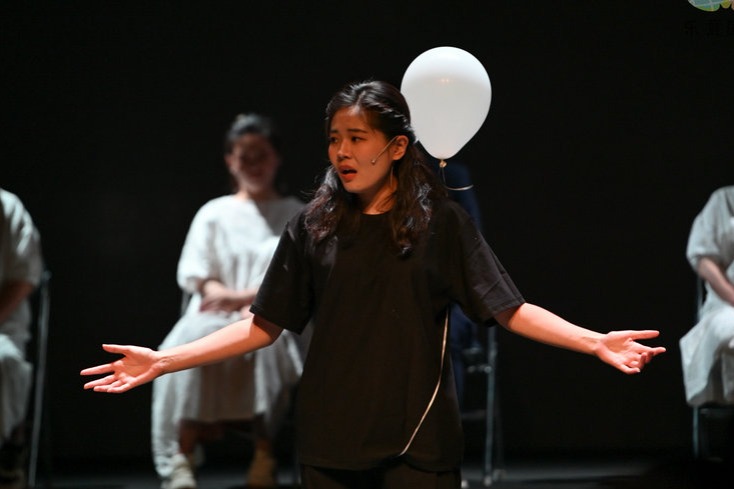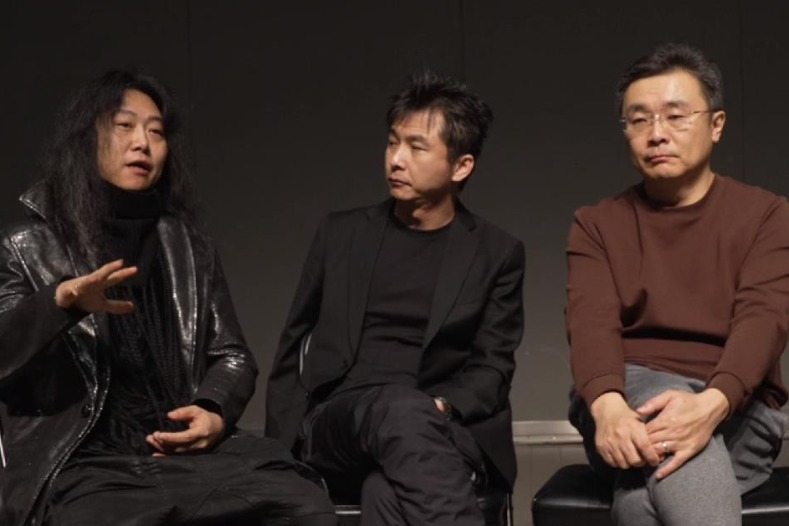Belgian visitors get a taste of Tujia tradition


CHONGQING — Greeted with lively folk songs and homemade rice wine by enthusiastic local residents dressed in colorful traditional attire, 19 Belgian professors and students were recently treated to an introduction to the ethnic culture of the Tujia people of Chongqing.
"People and nature as well as the cultural environment here are fascinating," says Francois Serneels, an agronomist who led the tour group.
Serneels first visited China in 1999.About 15 years ago, he trekked to Hewan, a village located in the mountainous Youyang Tujia and Miao autonomous county, and says he has since returned about five times.
Having witnessed the incredible changes that have taken place in this Tujia village over the years, Serneels says that what truly inspires him is how both the government and local residents are working to preserve their traditions. "That's why I bring students here."
During their visit, the students and professors hiked in the misty hills to appreciate the village's beauty, and experienced agrarian tradition by guiding oxen as they plowed fields, gaining hands-on farming experience while engaging in an in-depth cultural exchange.
Beyond the picturesque scenery, the techniques used to build stilted Tujia buildings particularly impressed the visitors. The village is home to 245 such stilted structures and to a museum dedicated to Tujia architecture.
Bai Kaigui, 76, is a master builder of this style of architecture. He demonstrated the traditional mortise-and-tenon building technique.
"This method minimizes ground contact, improving moisture resistance, preventing wood rot, and improving drainage and ventilation — all of which are crucial to preserving wooden structures in damp conditions," Bai explains, saying that these features stem from the region's geography and climate.
"Seeing this way of nail-free joints to build houses is incredible," says student Constantin Goffard, who thinks that this tradition must be preserved for its architectural value and the ancient engineering knowledge behind it.
Maria Miltcheva, a professor at Belgium's Haute Ecole Provinciale de Hainaut-Condorcet who also visited Hewan village in 2012, remembers that during her first trip, many houses were old or abandoned, and residents had just begun restoration work thanks to government subsidies.
"I was really surprised that in 13 years, such great progress has been made and people now live better," she says.
Serneels also highlights the increasing agricultural cooperation between China and Belgium, particularly in the areas of potato disease prevention and sustainable yield improvement.
He made note of China's remarkable progress in agricultural digitalization, specifically praising drone technology for precision sowing with advanced route positioning to ensure uniform seed distribution, which has revolutionized planting quality and efficiency. The drones also have real-time field monitoring capabilities, reporting crop data and early signs of pests or diseases.
Serneels expresses his hope that more young Europeans will visit China to engage in immersive dialogue and discover the country's stories firsthand.





































